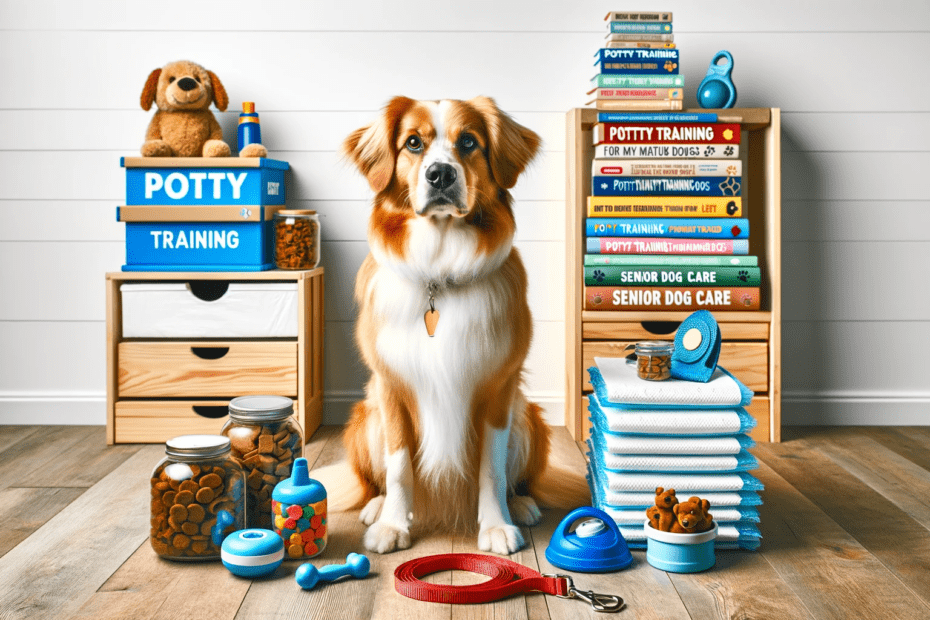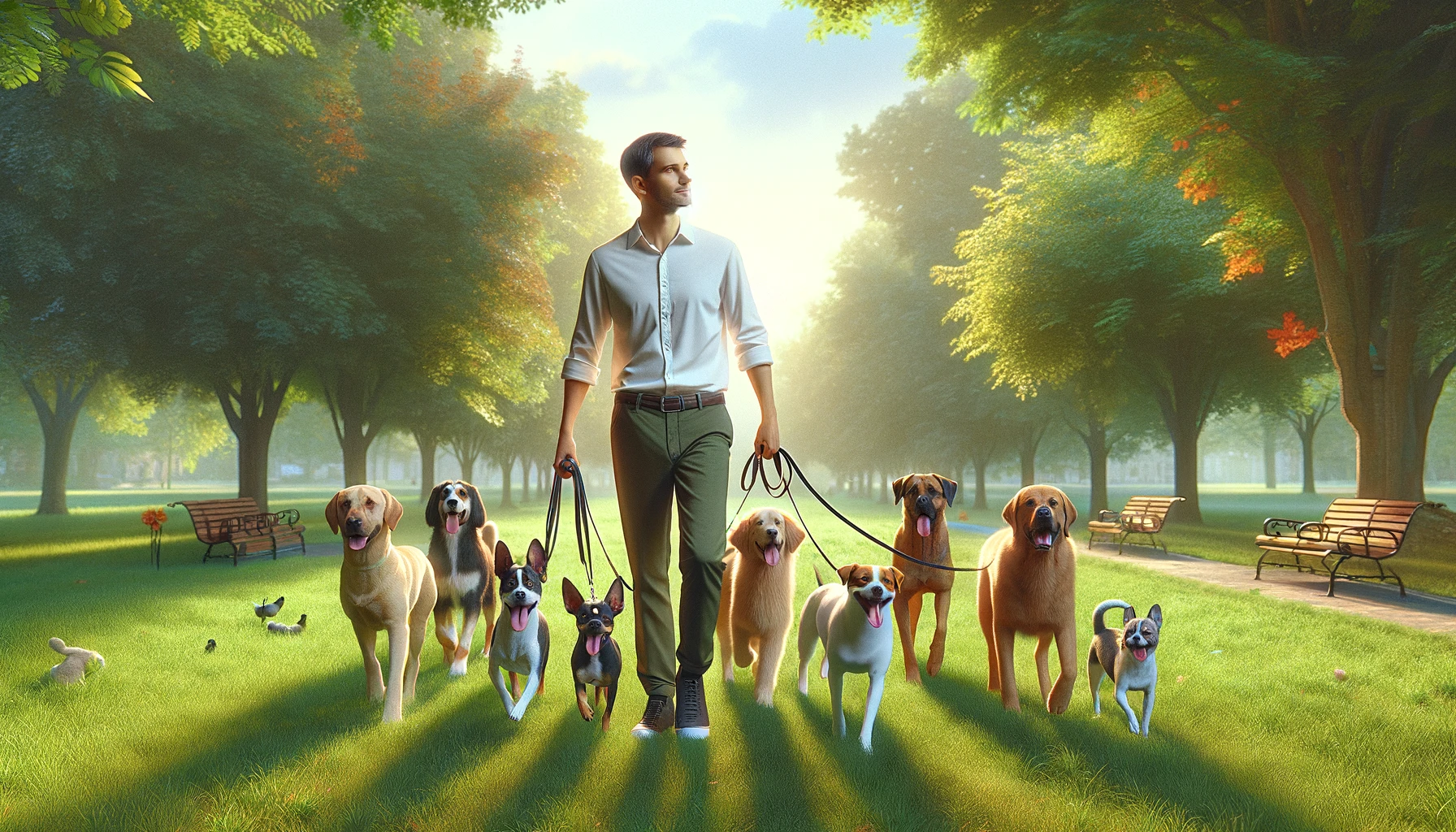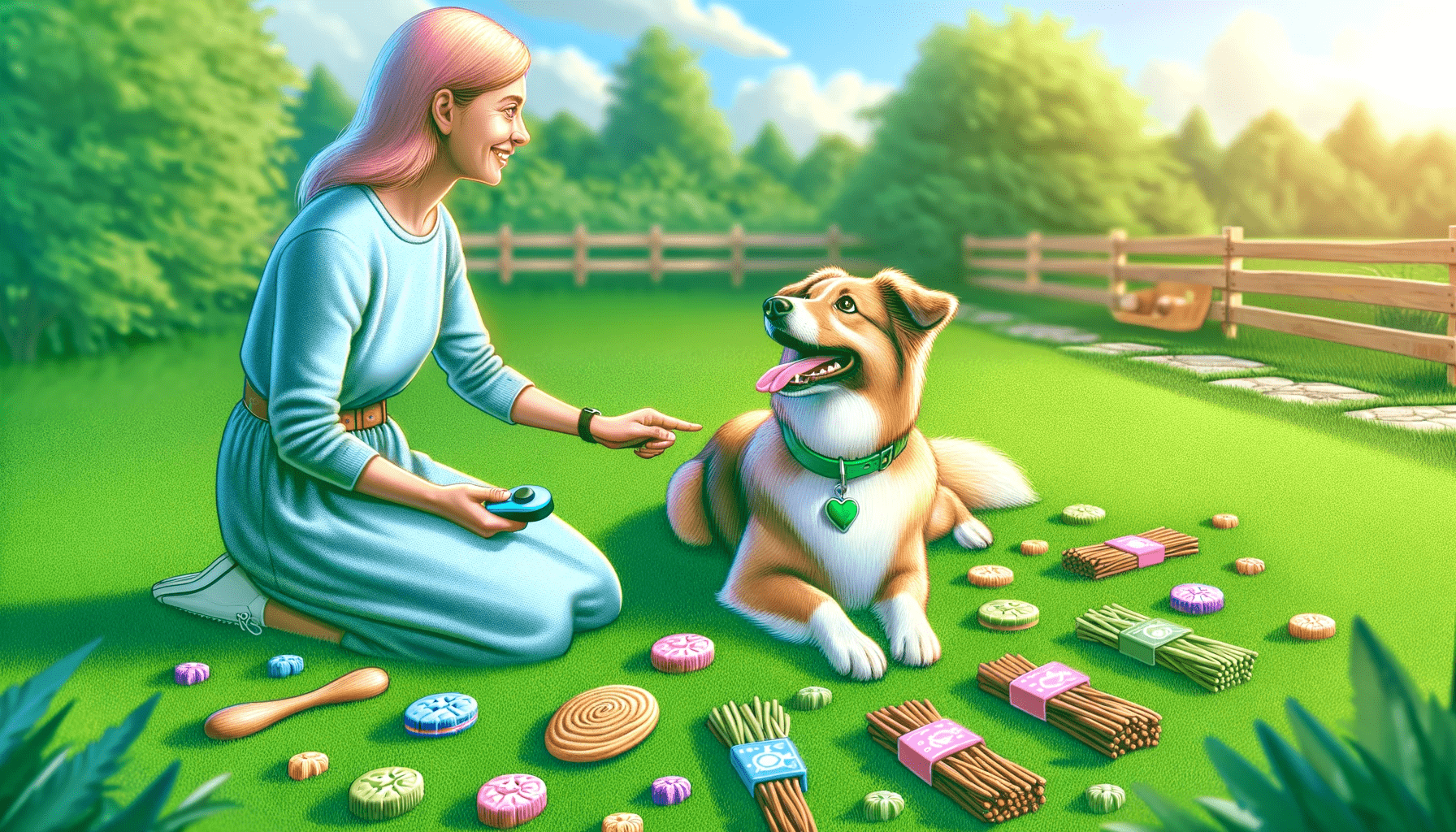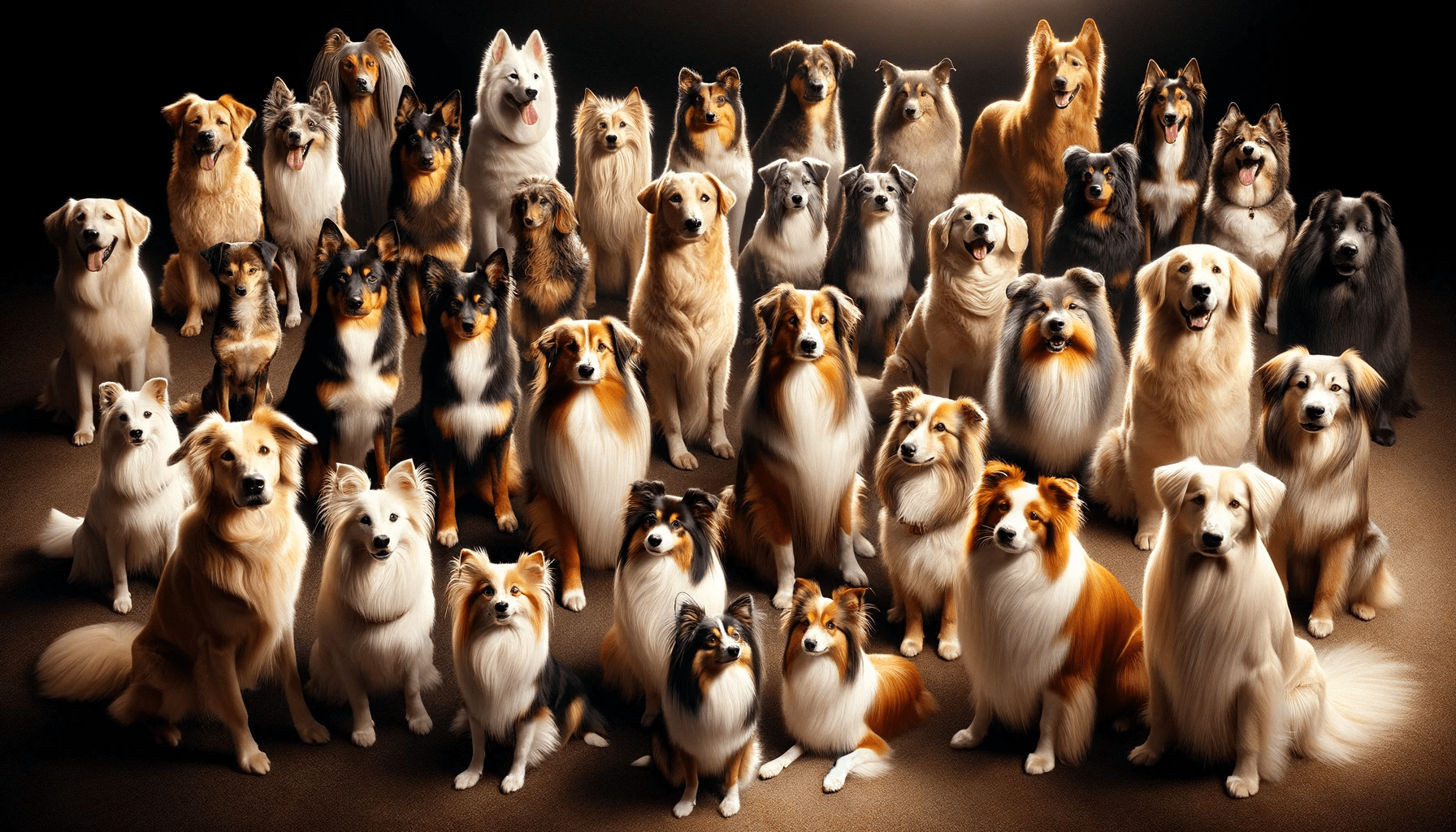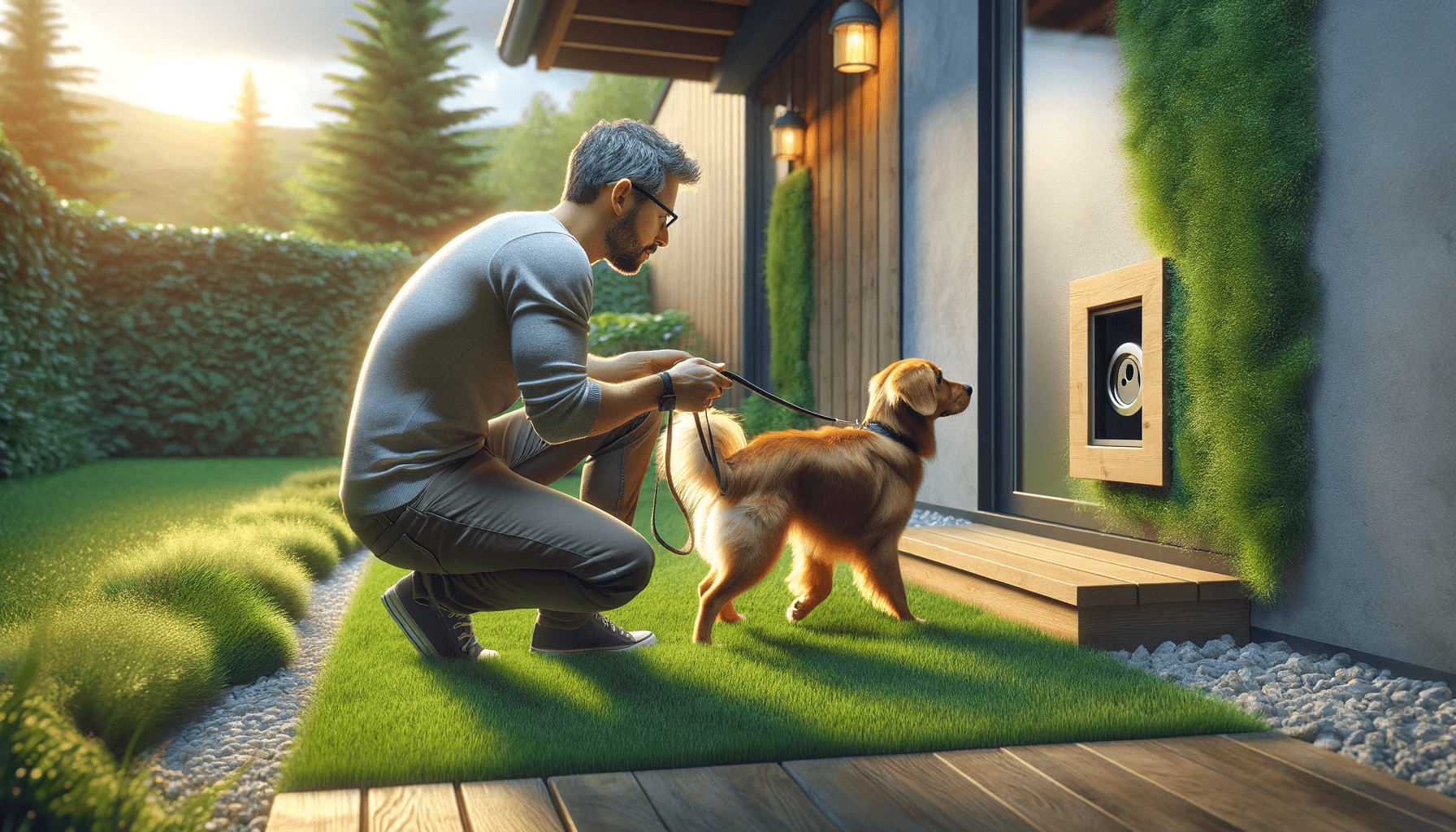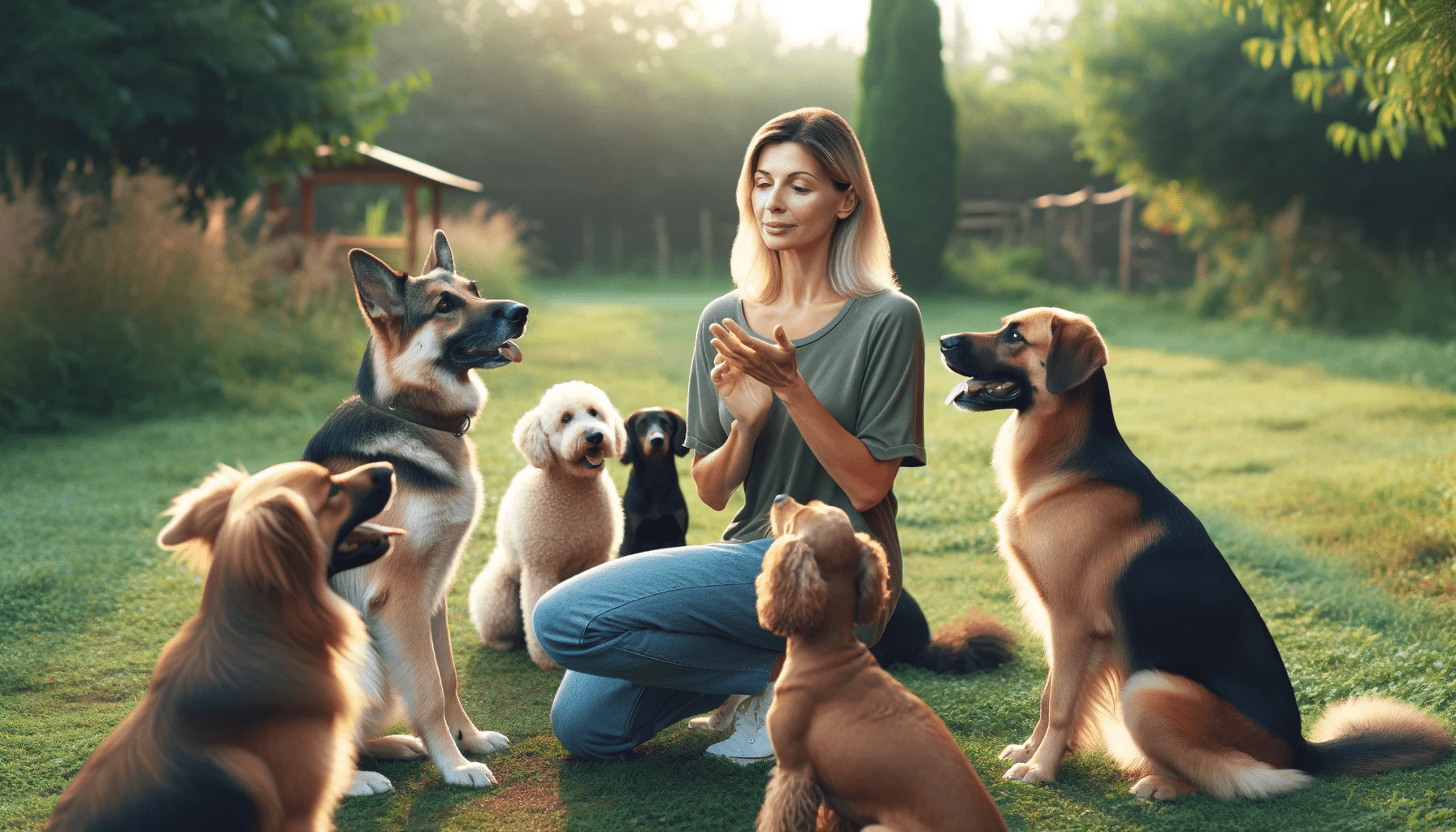Are you struggling to potty train your older dog? Don't worry, we've got you covered!
In this article, we'll share with you the 8 best methods to effectively potty train your furry friend.
With crate training, scheduled feeding, regular potty breaks, positive reinforcement, and more, you'll have your dog house-trained in no time.
So, grab your treats and get ready to embark on this potty training journey together!
Key Takeaways
- Crate training can be an effective method for potty training older dogs, as it provides a safe and secure environment and helps prevent destructive behavior.
- Scheduled feeding and regular potty breaks are essential for establishing a consistent routine and controlling bathroom schedule, which can help prevent accidents and promote successful potty training.
- Positive reinforcement, such as using treats to reward good behavior, is key to potty training success. Gradually reducing treat frequency as reliability improves can help reinforce the desired behavior.
- Consistency and routine are important in potty training older dogs. Establishing clear boundaries and maintaining consistency in training methods, verbal cues, and routine can help the dog understand and learn where and when to eliminate.
Crate Training
Start crate training your older dog by introducing them to the crate and making it a positive and comfortable space for them. Crate training has numerous benefits for both you and your furry friend. Firstly, it provides a safe and secure environment for your dog when you're not able to supervise them. This helps prevent destructive behavior and keeps your belongings safe. Secondly, it aids in potty training by teaching your dog to hold their bladder and bowel movements until they're let outside. Additionally, crate training can help reduce separation anxiety in dogs, as they learn to associate the crate with a sense of security and comfort.
When it comes to crate training techniques, patience and consistency are key. Start by enticing your dog to enter the crate with treats or toys. Make sure the crate is spacious enough for them to stand, turn around, and lie down comfortably. Gradually increase the time they spend in the crate, rewarding them for calm behavior. Avoid using the crate as a form of punishment, as this will create a negative association. Instead, make it a positive experience by providing treats, praise, and comfort.
Remember to never leave your dog in the crate for extended periods of time, as they still need regular exercise, mental stimulation, and social interaction. With proper crate training, your older dog will learn to love their crate and view it as a safe haven.
Scheduled Feeding
To ensure successful potty training with your older dog, establish a consistent schedule for feeding them. Scheduled feeding can play a crucial role in potty training by regulating your dog's digestive system and making it easier to predict when they need to go outside.
Here are some benefits of scheduled feeding and alternative methods you can consider:
- Consistency: Feeding your older dog at the same time every day helps establish a routine, making it easier for them to anticipate when they'll need to eliminate.
- Control: By controlling your dog's feeding schedule, you can also control their bathroom schedule, allowing you to take them outside at the appropriate times.
- Portion control: Scheduled feeding allows you to monitor your dog's food intake, which can help prevent overeating and minimize accidents.
- Training opportunities: By feeding your dog at specific times, you can use mealtime as a training opportunity, reinforcing good behavior and reinforcing the potty training process.
- Alternative methods: If scheduled feeding doesn't work for your dog, you can consider alternative methods such as free-choice feeding or using food puzzles to make mealtime more engaging.
Regular Potty Breaks
When should you take your older dog outside for potty breaks? Regular potty breaks are essential for potty training older dogs and preventing potty training regression. It's recommended to take your dog outside for potty breaks every 2 to 4 hours, depending on their age, size, and health.
Additionally, it's important to take your older dog outside for potty breaks after meals, naps, playtime, and before bedtime. By establishing a consistent potty break schedule, you can help your older dog understand when and where they should relieve themselves.
Regular potty breaks not only assist in potty training, but they also serve as an opportunity for outdoor exercise, which is crucial for your dog's overall well-being. Outdoor exercise provides mental stimulation, socialization opportunities, and helps prevent obesity and other health issues. It allows your older dog to explore their surroundings, burn off excess energy, and maintain a healthy weight.
Remember to be patient and consistent when taking your older dog outside for potty breaks. Use positive reinforcement, such as treats and praise, to reward them for successfully eliminating outside. With time, patience, and regular potty breaks, you can effectively potty train your older dog and ensure they receive the physical and mental exercise they need.
Positive Reinforcement
When it comes to potty training your older dog, positive reinforcement is key.
One effective method is to use treats to reward good behavior. By consistently giving your dog a treat every time they go potty outside, they'll learn to associate going outside with receiving a reward.
Treats for Good Behavior
You can use a variety of treats to reward and reinforce good behavior during the potty training process with your older dog. Treats can be a powerful motivator and can help speed up the potty training progress.
Here are some effective training techniques that involve using treats:
- Use small, soft treats that are easy for your dog to chew and swallow.
- Give the treat immediately after your dog successfully eliminates in the designated potty area.
- Use treats consistently and only for desired behavior to avoid confusion.
- Gradually reduce the frequency of treats as your dog becomes more reliable with potty training.
- Make sure to praise and provide affection along with the treats to reinforce positive behavior.
Consistency Is Key
To ensure successful potty training, maintaining consistency is crucial in reinforcing positive behavior through positive reinforcement techniques. Establishing clear boundaries and sticking to a consistent routine will help your older dog understand what's expected of them during potty training.
Consistency means taking your dog outside to their designated potty area at the same times every day. This will help them develop a regular bathroom schedule.
When accidents happen, it's important not to punish your dog, as this can create fear and confusion. Instead, focus on positive reinforcement by praising and rewarding your dog when they eliminate in the appropriate area.
Consistency in training methods, such as using the same verbal cues and gestures, will also help your dog understand what you want them to do.
Consistent Routine
To successfully potty train your older dog, consistency is key.
Establish a clear routine with set training times to ensure your dog understands when and where they should be going potty.
Training Time Consistency
Maintaining a consistent routine for your older dog's potty training is essential for success. By establishing a regular schedule, you can help your furry friend understand when and where they should go potty. Here are some tips to ensure training time consistency:
- Set fixed times for feeding: This will help regulate your dog's digestive system and establish predictable bathroom breaks.
- Take your dog out frequently: Aim for every couple of hours, especially after meals, naps, and playtime.
- Use a designated potty area: Choose a specific spot outdoors and consistently take your dog there for elimination.
- Be patient and persistent: It may take time for your dog to understand the routine, so remain consistent and don't give up.
- Reward success: Implement a reward system, offering training rewards or positive reinforcement every time your dog successfully goes potty outside.
Establishing Clear Expectations
To establish clear expectations for your older dog's potty training, consistency in your routine is key. By establishing boundaries and setting realistic goals, you can create a clear understanding for your dog and make the training process smoother.
Start by establishing a designated potty area for your dog and take them to that spot consistently. This will help them understand where they should go to relieve themselves.
Additionally, establish a routine for feeding and watering your dog, as this will regulate their bathroom habits. Consistency in your schedule will help your dog anticipate when they'll have the opportunity to go outside.
Use of Potty Pads
Start by introducing your older dog to the concept of using potty pads. Potty pads are absorbent pads that can be placed indoors, providing a designated spot for your dog to relieve themselves.
Here are some pros and cons, alternatives, and effectiveness of using potty pads:
- Pros:
- Convenient: Potty pads offer a convenient solution for dogs who can't easily access outdoor areas.
- Easy clean-up: Potty pads are designed to absorb and lock in moisture, making clean-up quick and hassle-free.
- Suitable for small spaces: If you live in an apartment or have limited outdoor space, potty pads can be a practical option.
- Useful during bad weather: Potty pads can be a lifesaver during extreme weather conditions when taking your dog outside mightn't be feasible.
- Transition aid: Potty pads can be used as a transitional tool to gradually shift your dog's potty habits from indoors to outdoors.
- Cons:
- May confuse your dog: Some dogs might find it difficult to differentiate between potty pads and other absorbent surfaces, leading to accidents in the house.
- Potential dependency: Over-reliance on potty pads can make it challenging to fully train your dog to go outside.
- Odor concerns: If not changed regularly, potty pads can emit unpleasant odors.
Patience and Persistence
Developing patience and persistence is essential when potty training older dogs.
Patience training involves understanding that accidents may happen and progress may be slow. It's important to remain calm and avoid punishment, as it can confuse and stress your dog. Instead, focus on positive reinforcement and rewards for desired behavior.
Consistency is key, so establish a routine with regular potty breaks and praise your dog when they eliminate in the appropriate spot.
Persistence techniques involve being consistent in your training efforts and not giving up easily. Stick to the schedule and be diligent in supervising your dog to prevent accidents. If accidents do occur, clean them up thoroughly to eliminate any lingering odor that may attract your dog back to the same spot.
Remember that every dog is different, and some may take longer to learn than others. Stay patient and persistent, and eventually, your older dog will understand where they should go potty.
Professional Dog Training
If you're struggling with potty training your older dog, consider seeking professional dog training assistance. Professional dog trainers have the knowledge and experience to help you address specific issues and achieve the desired results. Here are some reasons why professional dog training can be beneficial for potty training older dogs:
- Advanced obedience: Professional trainers can teach your dog advanced obedience commands that can be useful during potty training. These commands can help you communicate effectively with your dog and establish boundaries.
- Behavior modification: If your dog has developed undesirable behaviors related to potty training, such as marking or anxiety, a professional trainer can help modify these behaviors. They can use positive reinforcement techniques to encourage desired behaviors and discourage unwanted ones.
- Individualized approach: Professional trainers understand that every dog is unique and may require different training methods. They can assess your dog's specific needs and tailor a training plan that suits their personality and learning style.
- Consistency and structure: Professional trainers can provide you with a structured training program and guide you on how to maintain consistency in your approach. Consistency is crucial for successful potty training.
- Support and guidance: Professional trainers can offer ongoing support and guidance throughout the potty training process. They can answer your questions, address any concerns, and provide valuable tips to ensure your success.
Frequently Asked Questions
Can Potty Training Methods for Older Dogs Also Be Used for Puppies?
Yes, potty training methods for older dogs can also be used for puppies. Consistency, positive reinforcement, and a designated potty area are important. Remember, accidents happen, so be patient and consistent in your training efforts.
How Long Does It Typically Take to Potty Train an Older Dog?
On average, it takes time to potty train an older dog. But don't worry, there are tips to make it faster. Stay consistent with a routine, reward good behavior, and be patient.
What Should I Do if My Older Dog Is Resistant to Using Potty Pads?
If your older dog is resistant to using potty pads, don't worry. Dealing with stubborn older dogs can be challenging, but there are alternative potty training methods you can try. Stay patient and consistent.
Are There Any Specific Breeds That May Require Different Potty Training Techniques?
Different breeds may have specific potty training needs. Some common challenges in potty training older dogs include resistance to using potty pads. Try different techniques tailored to your dog's breed for better results.
Can I Still Potty Train My Older Dog if They Have a History of Accidents in the House?
Yes, you can still potty train your older dog even if they have a history of accidents in the house. Dealing with anxiety during potty training and using rewards and positive reinforcement can be effective methods.
Conclusion
In conclusion, potty training older dogs may require patience and persistence, but with the right methods, it can be achieved successfully.
Crate training, scheduled feeding, and regular potty breaks are important steps to establish a consistent routine.
Using positive reinforcement and potty pads can also help reinforce desired behavior.
However, if you find the process challenging, seeking professional dog training can provide valuable guidance and support.
Remember, with time and effort, your older dog can learn to be potty trained.
